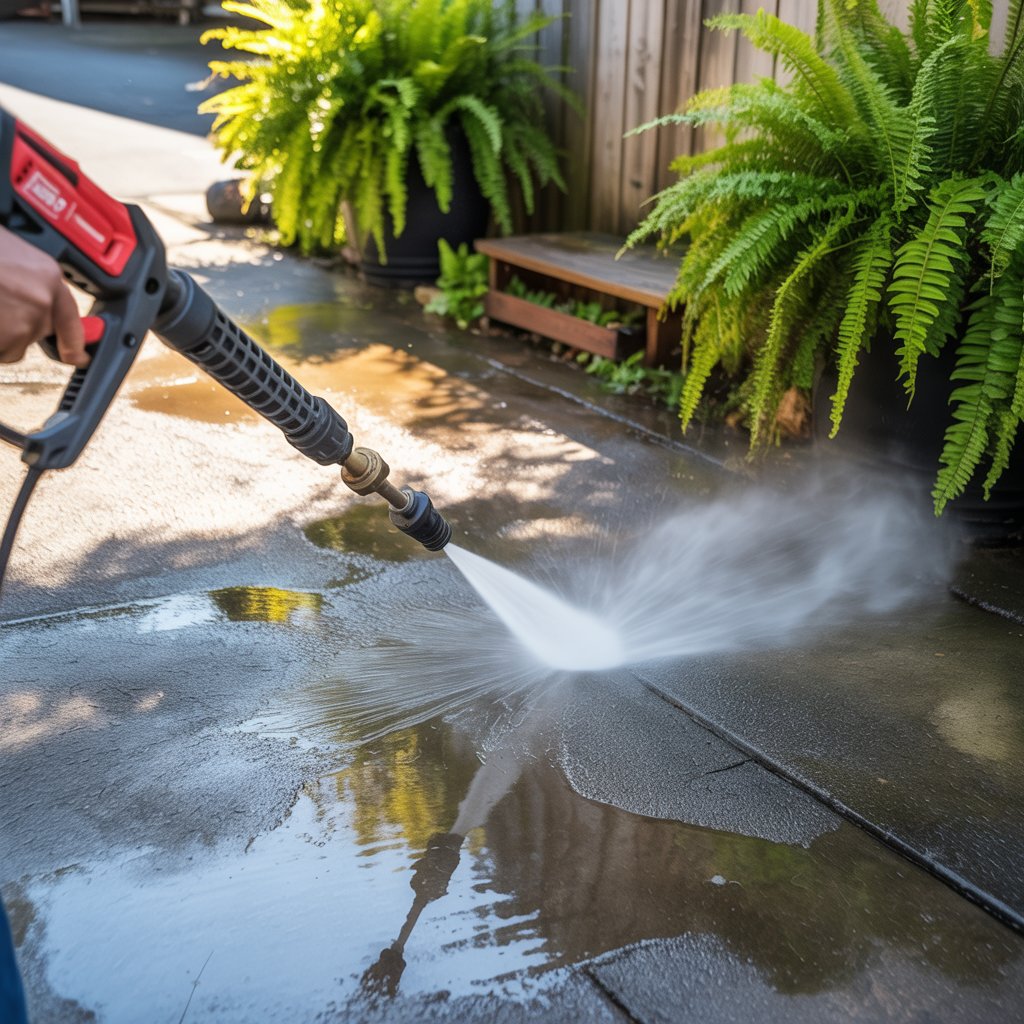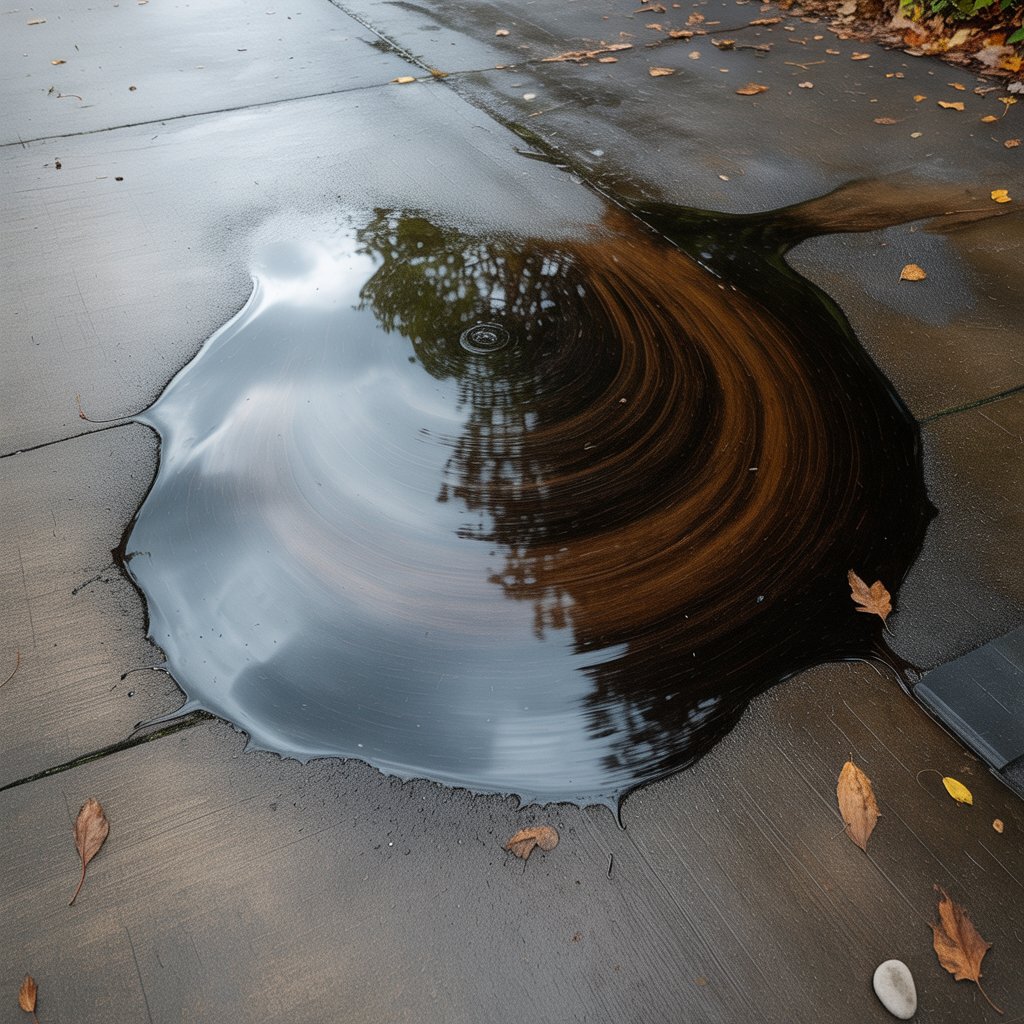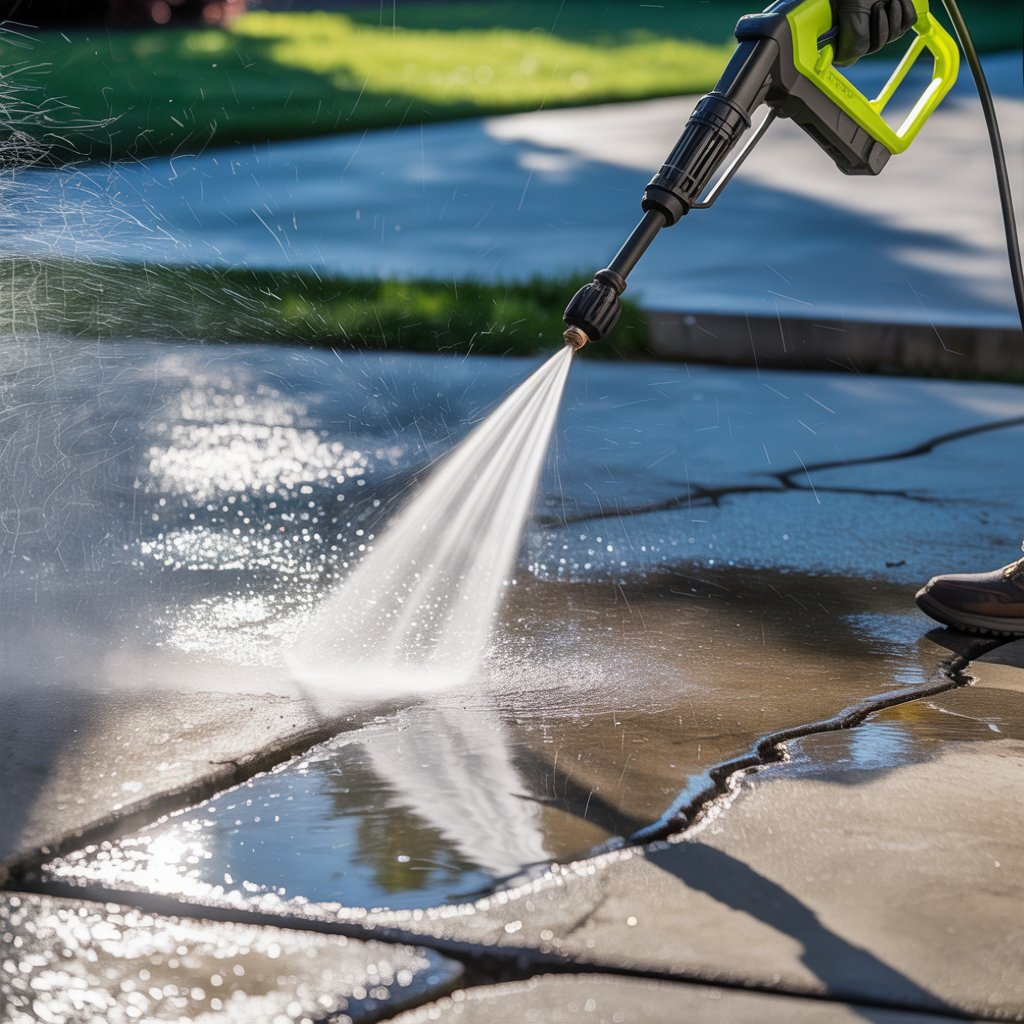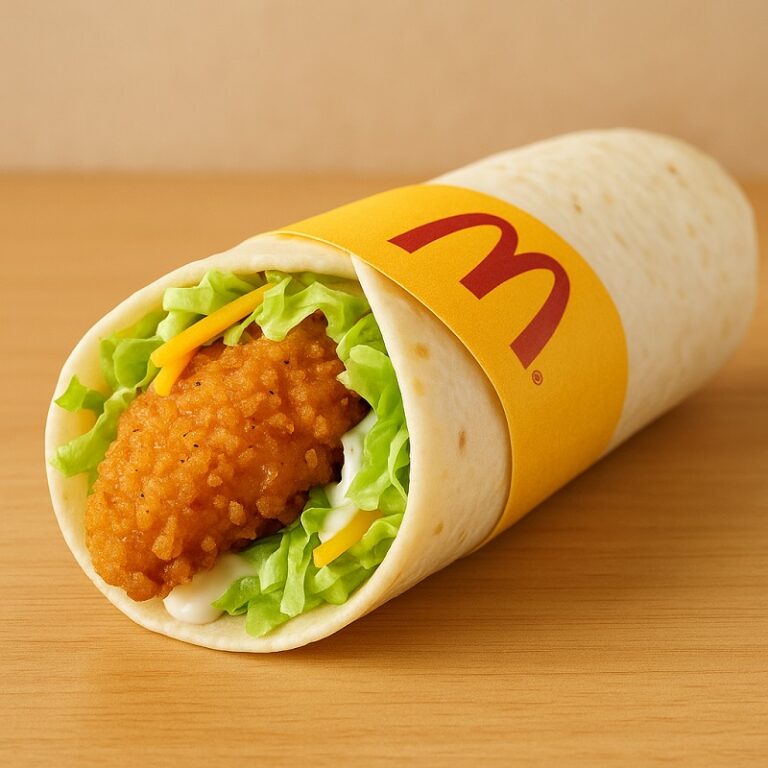Concrete cleaning isn’t just about looks—it’s key to protecting your home’s safety, value, and longevity.
Last spring, I stared at my driveway, frustrated by a stubborn oil stain from a leaky car repair. Sound familiar? Concrete surfaces like driveways, patios, or garage floors take a beating from grease, mold, and mildew, turning your home’s curb appeal into an eyesore. Left unchecked, these stains can become slippery hazards or permanent marks. After trial and error, I’ve compiled this homeowner-friendly guide to help you clean concrete fast—no need to call in the pros. Ready to make your surfaces shine? Let’s get started!
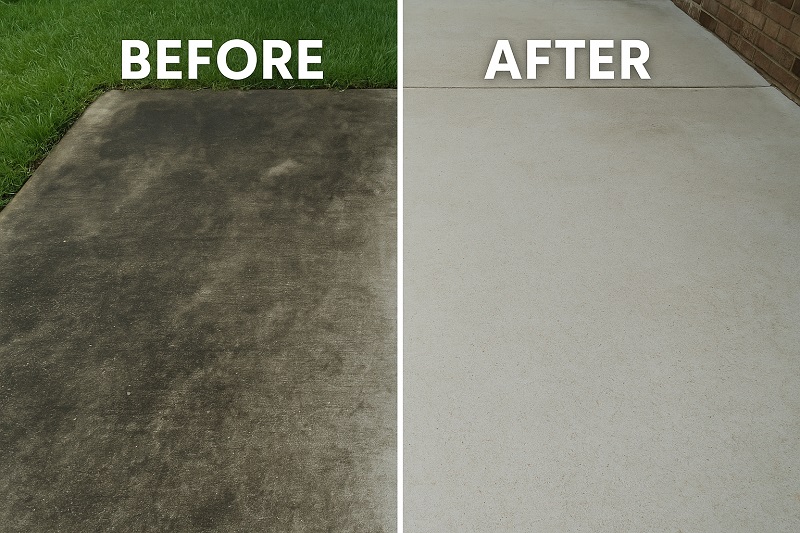
Understanding Concrete Cleaning: What You’re Up Against
Concrete is tough, but it’s a magnet for stains. Whether it’s oil from your car, mold in a shady patio corner, or mildew creeping across your walkway, each mess requires a specific approach. Here’s a breakdown of the main concrete cleaning types every homeowner should know:
- Quick Surface Cleanup
- Tackles: Dust, pollen, or light dirt from daily wear.
- What You’ll Need: A sturdy broom, garden hose, and a splash of dish soap.
- Perfect For: A fast weekly sweep to keep your patio or driveway tidy.
- Deep-Dive Cleaning
- Tackles: Stubborn stains, mold, mildew, or algae buildup.
- What You’ll Need: A pressure washer, heavy-duty cleaner, and a good scrub brush.
- Perfect For: Seasonal refreshes or reviving neglected surfaces.
- Targeted Stain Removal
- Tackles: Grease, rust, tire marks, or paint splatters.
- What You’ll Need: Specialty products like degreasers or rust removers.
- Perfect For: High-traffic spots like garages or driveways.
- Green Cleaning
- Tackles: Light stains in homes with kids, pets, or gardens.
- What You’ll Need: Vinegar, baking soda, or enzyme-based cleaners.
- Perfect For: Eco-conscious homeowners who want safe, natural solutions.
- Preventative Maintenance
- Tackles: Future grime and stain buildup.
- What You’ll Need: Concrete sealer, leaf blower, and gutter upkeep.
- Perfect For: Keeping your property looking sharp year-round.
Your Concrete Cleaning Toolkit: Methods to Try
Depending on your time, budget, and the mess you’re facing, here are five effective ways to clean concrete. I’ve tried most of these myself, and they work!
- Old-School Scrubbing
- Great For: Small patches or light stains, like a spilled soda on the patio.
- Tools: Stiff-bristle brush, bucket, and mild detergent.
- Pros: Cheap and simple—no fancy equipment needed.
- Cons: Time-consuming and tough on your knees for big jobs.
- Pressure Washing Power
- Great For: Large areas concrete cleaning like driveways or patios.
- Tools: A pressure washer (2500–3000 PSI is ideal).
- Pros: Blasts away grime in minutes.
- Cons: Can damage concrete if you’re not careful; equipment isn’t cheap.
- Chemical Solutions
- Great For: Oil, rust, or mold that won’t budge.
- Tools: Specialized cleaners (e.g., degreasers, bleach solutions).
- Pros: Pinpoints tough stains with precision.
- Cons: Requires safety precautions and the right product for the job.
- Steam Cleaning
- Great For: Greasy garage floors or sanitizing surfaces.
- Tools: A commercial steam cleaner (rentals work great).
- Pros: No chemicals needed, eco-friendly.
- Cons: Hard to find equipment; less effective on mold.
- Eco-Friendly Natural Options
- Great For: Pet- or kid-friendly homes with nearby gardens.
- Tools: Vinegar, baking soda, or hydrogen peroxide.
- Pros: Safe, affordable, and gentle on the environment.
- Cons: Takes longer and may not tackle heavy stains.
✅ Pre-Cleaning Prep: Checklists for Success
Before you start scrubbing or spraying, set yourself up for success with these checklists. I learned the hard way that skipping prep leads to messy results!
Manual Scrubbing Prep
- Stiff broom or brush for scrubbing.
- Bucket with warm water and eco-friendly soap.
- Gloves and safety glasses (trust me, soap splashes hurt).
- Hose or bucket for rinsing.
Pressure Washing Prep
- Pressure washer with a 25-degree nozzle.
- Safety gear: goggles, gloves, and non-slip shoes.
- Optional surface cleaner attachment for even results.
- Tarp to protect nearby plants or delicate surfaces.
- Test a small area first to avoid damage.
Chemical Cleaning Prep
- Stain-specific cleaner (e.g., degreaser for oil, bleach for mold).
- Rubber gloves and goggles for safety.
- Measuring cup for diluting solutions.
- Stiff brush for scrubbing.
- Plenty of rinse water.
Steam Cleaning Prep
- Steam cleaner with a reliable water supply.
- Heat-resistant gloves and goggles.
- Extension cord if needed.
- Rags for wiping up residue.
Eco-Friendly Cleaning Prep
- White vinegar, baking soda, or hydrogen peroxide.
- Spray bottle for easy application.
- Non-toxic scrub brush.
- Plan to clean on a sunny day for natural drying.
Choosing the Right Method for You
Not sure where to start? Here’s my take based on experience:
- Heavy grime or big areas: Pressure washing is your best bet for speed.
- Oil or rust stains: Chemical cleaners are a lifesaver.
- Eco-conscious homes: Stick with vinegar or enzyme cleaners.
- Greasy garage floors: Steam cleaning works wonders if you can get the gear.
- Weekly upkeep: A quick scrub with a broom and soap does the trick.
Pro Tip: Don’t be afraid to combine methods. I once used a degreaser on an oil stain, then pressure-washed the whole driveway for a flawless finish.
Pressure Washing Hacks I Wish I Knew Sooner
- Pick the right nozzle: A 25-degree green tip is perfect for most jobs.
- Keep your distance: Hold the wand 12–18 inches away to avoid etching the concrete.
- Work in sections: Overlap your strokes to avoid streaky lines.
- Pre-treat tough spots: Let a cleaner soak for 10 minutes before blasting.
- Seal it up: After washing, apply a sealer to lock out future stains.
️ DIY or Pro? Here’s How to Decide
Go DIY If:
- You’re tackling a small area or light stains.
- You’ve got a pressure washer or can rent one.
- You’re comfortable handling cleaners safely.
Call a Pro If:
- The surface is huge or heavily stained.
- You see cracks or damage that needs care.
- You want sealing done right the first time.
Cost Comparison:
| Option | Avg. Cost | Best For |
| DIY Cleaning | $30–$100 | Small jobs, regular upkeep |
| Pro Service | $150–$500 | Deep cleaning, large areas |
Seasonal Cleaning Tips
Concrete care changes with the seasons. Here’s what I’ve learned living in a four-season climate:
Winter
- Clear salt and de-icing chemicals quickly to avoid white stains.
- Shovel snow gently to prevent scratches.
- Check shaded areas for sneaky mold growth.
Spring
- Blast away pollen and dirt with a pressure washer.
- Spot-treat oil leaks before they set in.
- Reseal surfaces before summer heat hits.
☀️ Summer
- Hose down shaded spots to stop mildew.
- Clean BBQ grease or food spills ASAP.
- Rinse weekly to beat heat-related stains.
Fall
- Sweep leaves to avoid tannin stains.
- Clear gutters to prevent water pooling.
- Do a final deep clean before winter.
Pro Tip: Plan deep cleanings for spring and fall to keep your concrete in top shape.
Going Green: Eco-Friendly Concrete Cleaning That Works
If you’ve got kids, pets, or a garden like I do, harsh chemicals are a no-go. Try these safe options:
- Vinegar: Great for mildew and light stains.
- Baking Soda: A gentle abrasive for scrubbing grime.
- Hydrogen Peroxide: Kills mold without toxic fumes.
- Enzyme Cleaners: Break down oils naturally.
Green Cleaning Tips:
- Rinse thoroughly to avoid residue.
- Use soft brushes to protect the concrete.
- Clean on sunny days for natural drying and UV mold-killing power.
Why It Matters: Eco-friendly cleaning keeps chemical runoff out of storm drains, protecting your local environment.

Step 1: Know Your Stain
Before you clean, figure out what you’re dealing with:
- Oil stains: Dark, greasy patches, often near cars.
- Mold: Black or green fuzzy growth in damp spots.
- Mildew: Gray or white powdery spots, often with a musty smell.
Quick Test: Dab a bit of diluted bleach on the stain. If it lightens in a minute, it’s likely mold or mildew. No change? Probably oil or grease.
Step 2: Banishing Oil Stains
- Fresh Oil Spills
- Sprinkle cat litter or baking soda to soak up the oil.
- Let it sit for a couple of hours, then sweep it away.
- Dispose of the mess properly.
- Stubborn Oil Stains
- Grab a degreaser (I like Oil Eater for tough spots).
- Pour it on, let it soak for 10–15 minutes, then scrub hard.
- Rinse with a hose or pressure washer.
- Pressure Washing Option
- Use 2500–3000 PSI and keep the wand 12 inches away.
- Sweep in overlapping strokes for a streak-free finish.
Degreaser Picks:
| Cleaner | Great For | Eco-Safe? | Soak Time |
| Simple Green | Light grease or fresh spills | Yes | ~10 minutes |
| Oil Eater | Tough garage oil patches | Yes | ~15 minutes |
| Purple Power | Old driveway stains | No | 10–12 minutes |
Step 3: Erasing Mold and Mildew
a) Stay Safe
- Wear gloves, goggles, and a mask—mold spores are no joke.
- Never mix chemicals (bleach + vinegar = toxic fumes).
b) Prep the Area
- Sweep away loose debris and give it a quick dry scrub.
c) Apply a Cleaner
- Bleach Solution (1:10 bleach to water): Spray it on, wait 10 minutes, scrub, and rinse well.
- Vinegar: Full strength for mild cases, safe for plants.
- Hydrogen Peroxide: A non-toxic mold-killer.
d) Let the Sun Help
- Mold hates sunlight, so clean on a sunny day if possible.
e) Prevent Future Growth
- Improve drainage around the area.
- Trim back overhanging plants.
- Seal the concrete after cleaning.
Step 4: Combo Cleanup (Oil + Mold)
- Start with a degreaser for oil stains, then rinse thoroughly.
- Follow with a mold-killing solution like bleach or vinegar.
- Let the surface dry completely between steps.
- Use a pressure washer for tough corners.
Step 5: Pet- and Kid-Safe Solutions
For family-friendly cleaning, try:
- Vinegar + baking soda paste for mildew.
- Enzyme cleaners for oil spills.
- Hydrogen peroxide for mold.
Skip products labeled “corrosive” near pets or plants.
️ Step 6: Essential Tools
| Item | Use |
| Stiff brush | Scrubbing tough stains |
| Garden hose | Rinsing and soaking |
| Degreaser | Tackling oil and grease |
| Safety gear | Protecting yourself |
| Pressure washer | Speeding up big jobs |
❌ Step 7: Mistakes to Avoid
- Don’t use muriatic acid unless you’re a pro—it’s risky.
- Avoid pressure washing cracked concrete; it can worsen damage.
- Never mix bleach with vinegar or ammonia—dangerous fumes!
- Don’t wait to treat oil stains; they sink deeper over time.
Step 8: Seal for Long-Term Protection
After cleaning:
- Roll or spray on a concrete sealer.
- Let it dry for 24–48 hours.
- Reseal every 1–3 years, depending on traffic.
️ Wrap-Up: Clean Smart, Save Time
With the right approach, you can tackle any concrete stain—whether it’s a greasy garage floor or a moldy patio. Act fast, choose the right method, and seal it up to keep your home looking sharp. Got a cleaning win to share? Drop a comment below or tell a neighbor about this guide!
❓ FAQs: Your Questions, Answered
Q: Can I clean oil stains without a pressure washer?
You bet! I’ve tackled oil stains with just a degreaser and a stiff brush. Apply the cleaner, let it sit for 10–15 minutes, scrub like crazy, and rinse with a hose.
Q: Will bleach hurt my concrete?
Not if you dilute it (1:10 bleach to water) and rinse well. I’ve used it on my patio without issues, but don’t let it sit too long.
Q: How do I tell mold from mildew?
Mold is darker (black or green) and fuzzy; mildew is lighter (gray or white) and powdery. Both hate sunlight, so clean on a bright day!
Q: Can dish soap handle oil stains?
It works for fresh, light spills, but for old stains, grab a degreaser. I learned this after dish soap failed me on a year-old oil patch.
Q: Morning or afternoon for cleaning?
I prefer early morning—cool temps and less evaporation27evaporation mean cleaner stays effective. Afternoon works too, but avoid midday heat.


